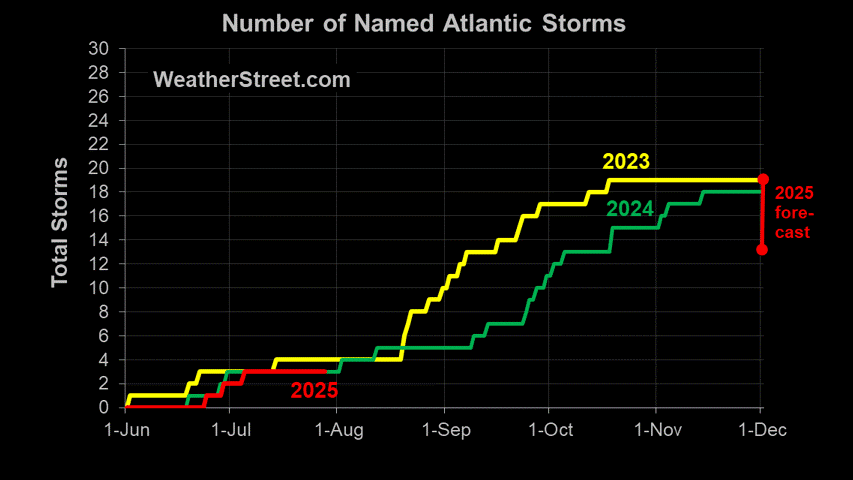Typhoon Kompasu grows - Heads towards the Koreas
Shanghai on alert for typhoon (The Straits Times)
SHANGHAI closed schools on Wednesday as a precaution against heavy rains and high winds from Typhoon Kompasu, while authorities monitored potential damage at the World Expo.Typhoon Kompasu will pass up into the Yellow Sea and will then turn towards the east striking land right around the 38th parallel border between North and South Korea. The typhoon will slam into South Korea's capital Seoul as a Cat 2 storm.
The storm was forecast to remain offshore, swinging to the north-east and passing over the Korean peninsula later this week.
Authorities said they were on alert for wind damage and flooding at the World Expo site, which has seen crowds of several hundred thousand people a day in recent weeks. The event, which began May 1, ends on Oct 31.
China's official Xinhua News Agency reported that 246 tourists were stranded on Nanji Island, off the coast of Zhejiang province to the south of Shanghai, because ferry services were suspended due to strong gales.
Both countries will receive very heavy rain with a strong potential for flooding. North Korea has struggled with excessive flooding already this year. North Korea has already evacuated residents in towns on its border with China.
Typhoon Kompasu approaching Korea(The Korea Times)
A typhoon is fast approaching the Korean Peninsula, with heavy rains and winds forecast for Thursday, the weather agency said Tuesday.
According to the Korea Meteorological Administration (KMA), the typhoon — Kompasu, which mean compass in Japanese — is swirling toward the western part of the peninsula at a speed of 25 kilometers per hour from waters off Okinawa, Japan.
Jeju Island is expected to be hit first, Wednesday, and then the entire country will be drenched through Thursday, the KMA said.
“It remains to be seen which way the typhoon will move. Given the route so far and other data, it is forecast to get even stronger and soak the western coast of the country,” said Kim Seung-bae, a KMA spokesman.
In particular, heavy rains of more than 120 millimeters are expected on the southern and western coasts.
“Some regions may see torrential downpours of more than 40 millimeters of rain per hour,” Kim said.




















